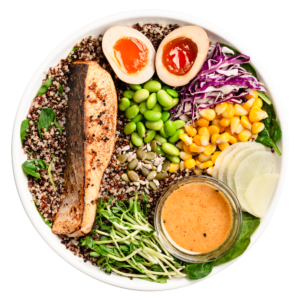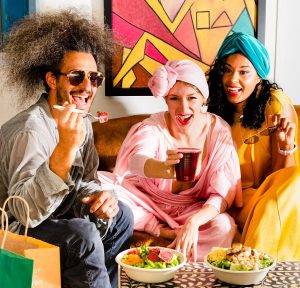In many cultures, certain festive foods symbolise different things, from good fortune in the New Year to longevity. With the Lunar New Year just around the corner, now’s the time to learn more about the hidden meanings behind the dishes for your reunion dinner and even get some tips to make sure you eat healthy this holiday season.
1. Spring Rolls
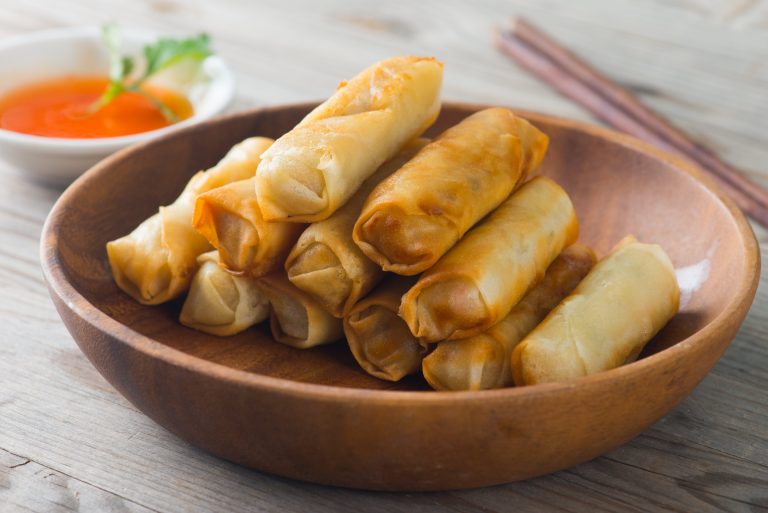
For those of us who avoid deep-fried food, spring rolls during a Chinese New Year feast are a special treat. Because of their resemblance to bars of gold, they are said to bring wealth and good fortune. Spring rolls are typically stuffed with various fillings, such as pork, bean sprouts, shredded carrots, cabbage and assorted other vegetables.
2. Tangyuan
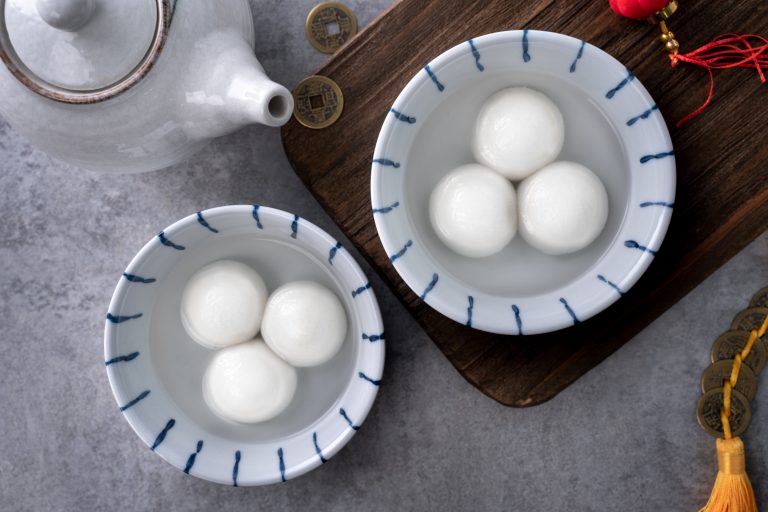
The name of this sweet rice ball sounds similar to the word “reunion” in Chinese. Their round shape signifies unity, harmony and family togetherness. The common fillings for tangyuan are peanut, sesame, bean paste, jujube, meat and fruits. It is traditionally served on yuanxiao, which is a festival that takes place on the first full moon after the Chinese New Year.
3. Dumplings
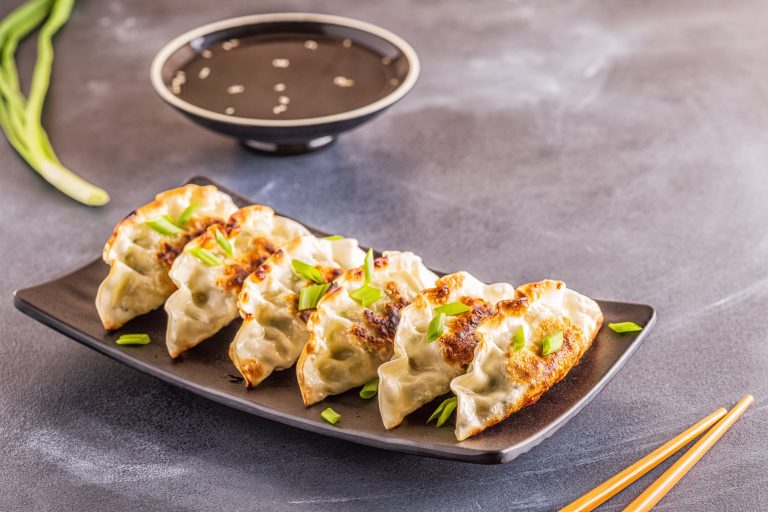
They are associated with wealth because people believe that the more dumplings you eat during the New Year festivities, the more money you can make in the New Year. Dumplings have to be arranged in lines to symbolise a life path- and not in a circle. The most common fillings are pork, cabbage and spring onion.
4. Niangao
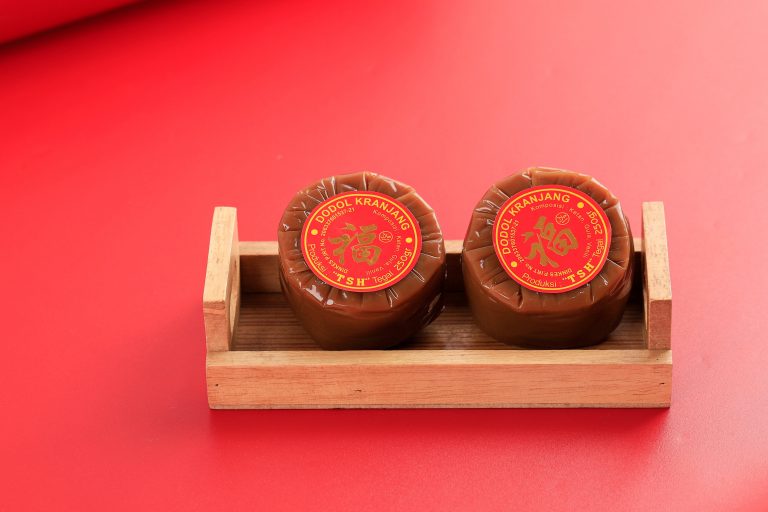
It is a sweet and sticky rice cake which symbolises prosperity. The Chinese pronunciation is similar to the words “year” and “tall”. This means that the person this year will enjoy better fortune, whether it is a job promotion or improvement in academic results.
5. Steamed fish
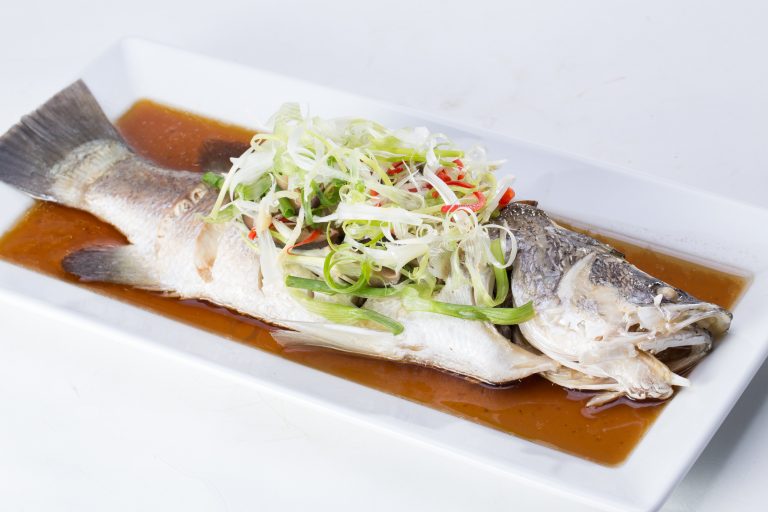
“Nian nian you yu” is a Chinese phrase meaning “may you have a surplus every year” because the Chinese word for fish is phonetically similar to the word for “surplus”. A white fish is usually bought live from a tank and steamed whole with ginger and scallions. Since a whole fish symbolises abundance, steamed fish is a family classic for all special occasions.
6. Longevity noodles
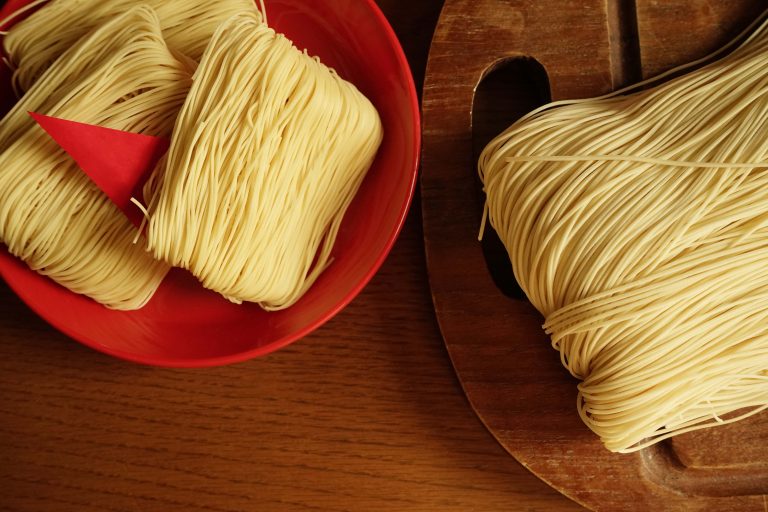
Yi mian symbolises a wish for longevity. They are sometimes served with mushrooms, the light green parts of the Chinese chives and chicken. These noodles have to be eaten bit by bit without breaking it into pieces.
7. Fa gao
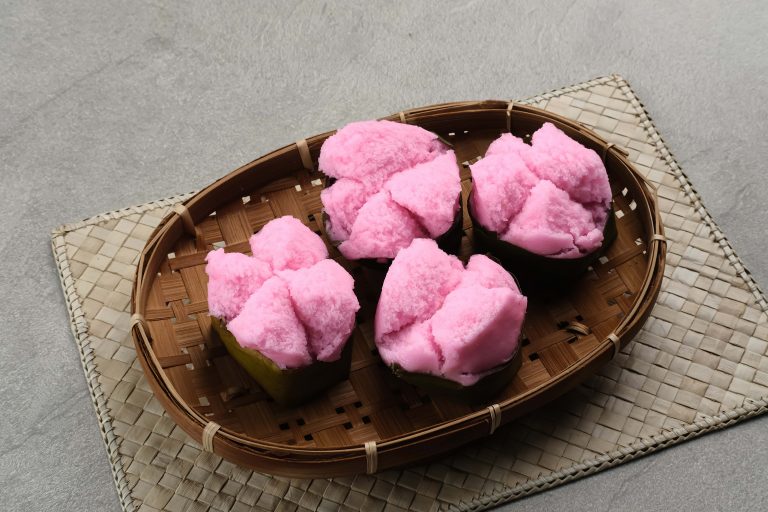
This is a Chinese dessert made with soaked rice that is then ground into a paste and steamed. It symbolises fortune because the Chinese word “fa” sounds similar to the name of this cake. The colour also carries a symbolic meaning, for example orange fa gao are auspicious.
8. Love letters
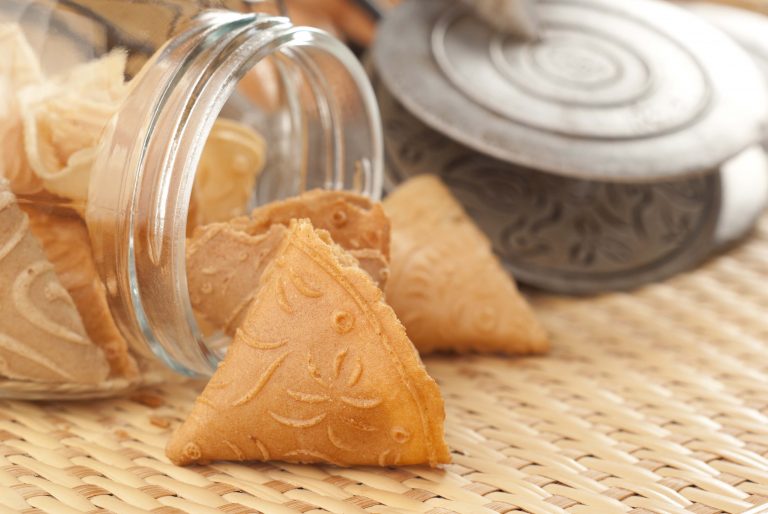
Back in the day, these romantic pastries were often used by lovers to relay heartfelt messages and by eating this pastry, it means that the message is taken to the heart. This ultra-crispy dessert is also known as kuih kapit and has a distinct coconut taste.
9. Bak kwa
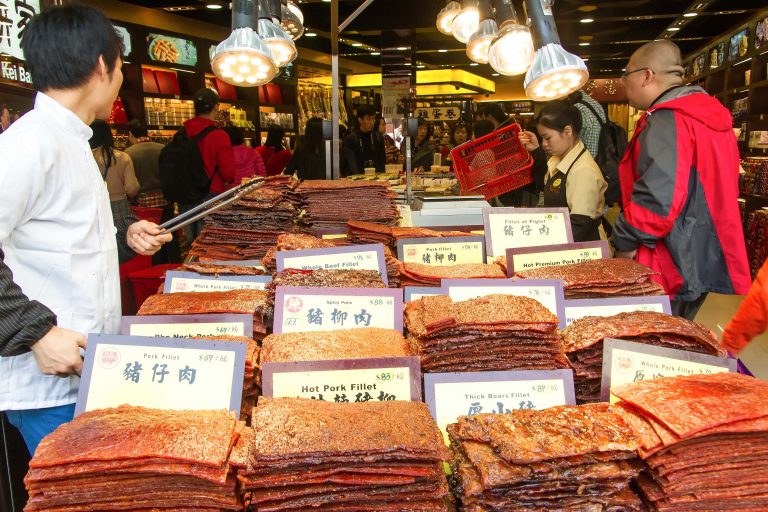
Demand for bak kwa is the highest during the Chinese New Year period since it is commonly offered as a gift to guests and relatives. It is said that bak kwa’s red colour symbolises fortune.
10. Pineapple tart
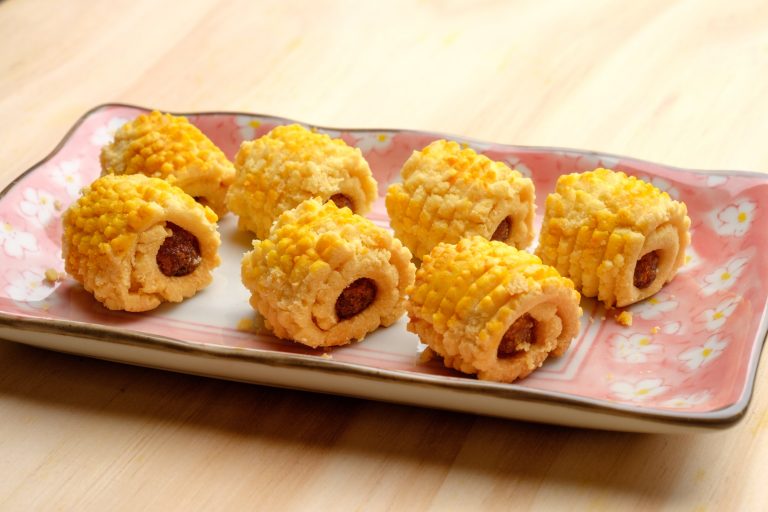
This is a Chinese bakery staple and in Hokkien, the name literally means the “coming of fortune”. So serving and eating pineapple tarts is said to bring prosperity and good luck to the home. They are made by grating fresh pineapples and slowly cooking over a low fire until caramelised. The chewy pineapple is then encased in a buttery pastry.
Tips to Prepare a Healthy Chinese New Year feast
- Opt for fresh vegetables instead of pickled ones and tofu for dishes such as Yu Sheng
- Choose lean meat like chicken and fish over red meats like beef and pork belly for dishes such as steamboat
- Cut down on processed foods and go for fresher options when having meals like hotpot
- If you like to fry your dishes, use a less processed oil such as extra virgin olive oil
- Go for steamed dumplings instead of fried ones
- The bottom line is to prepare healthier, balanced meals with a mix of fruit (such as mandarins for a dose of vitamin C) and vegetables
All of us at SaladStop! wish our readers a Happy Lunar New Year!


